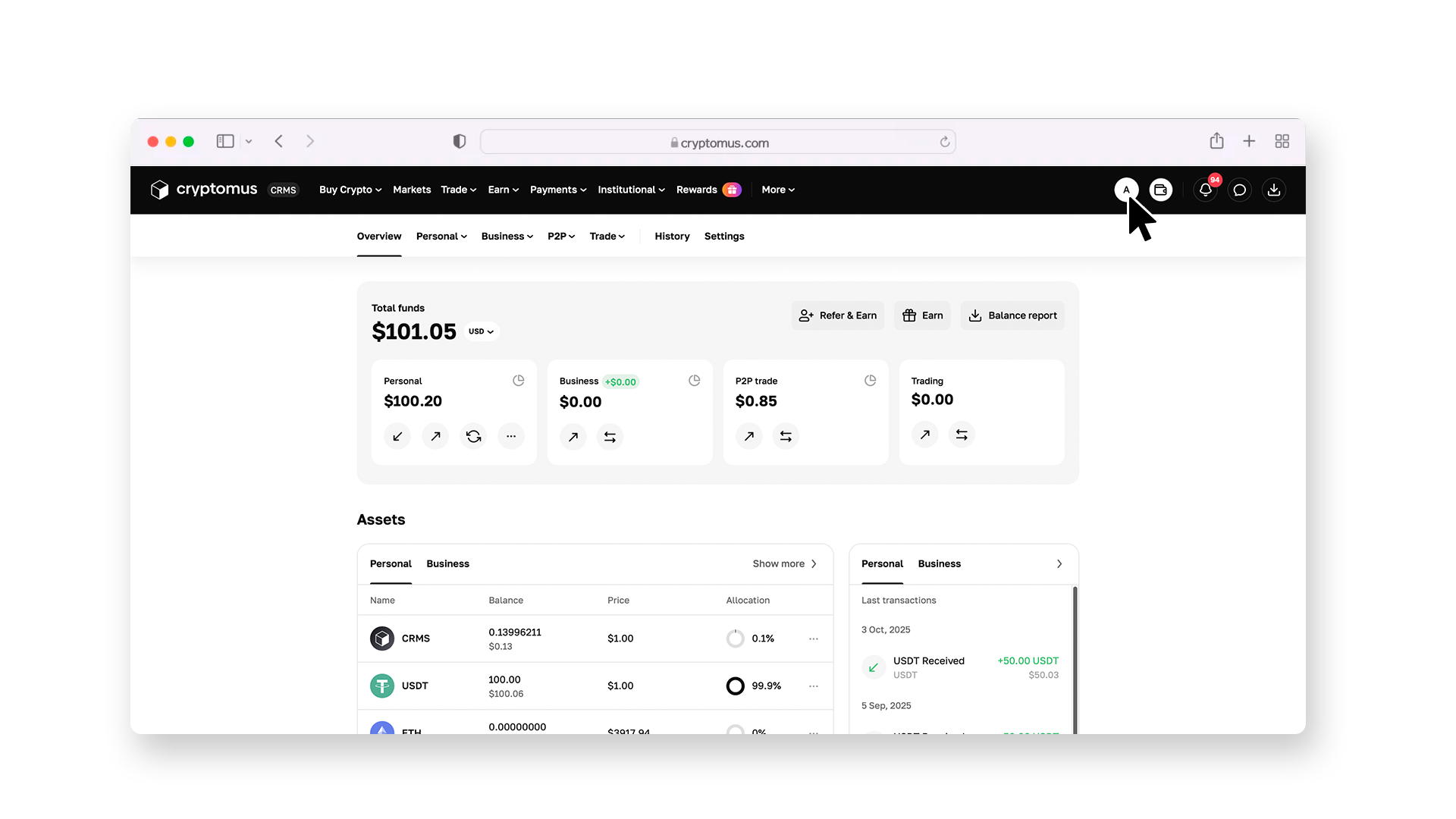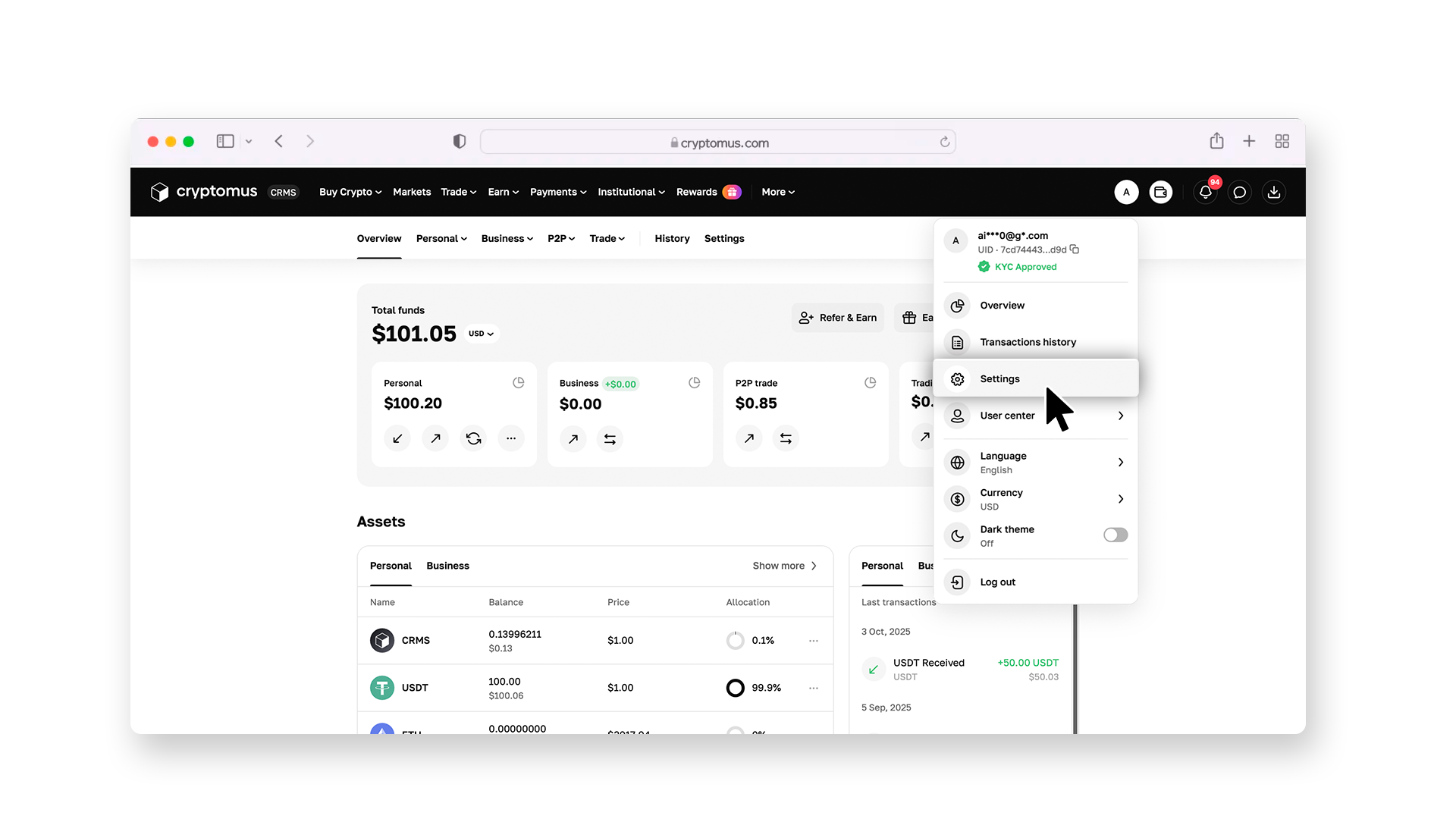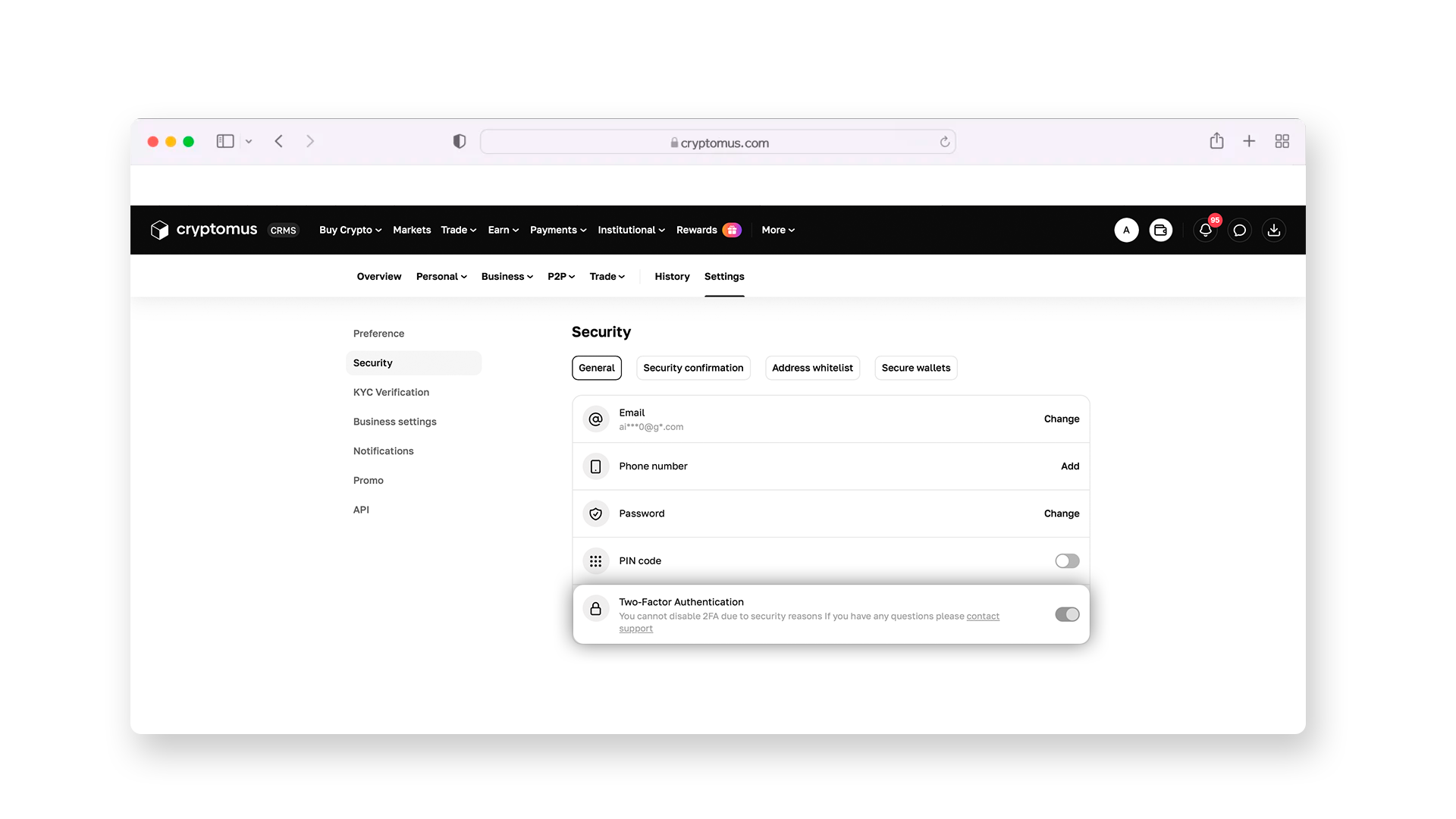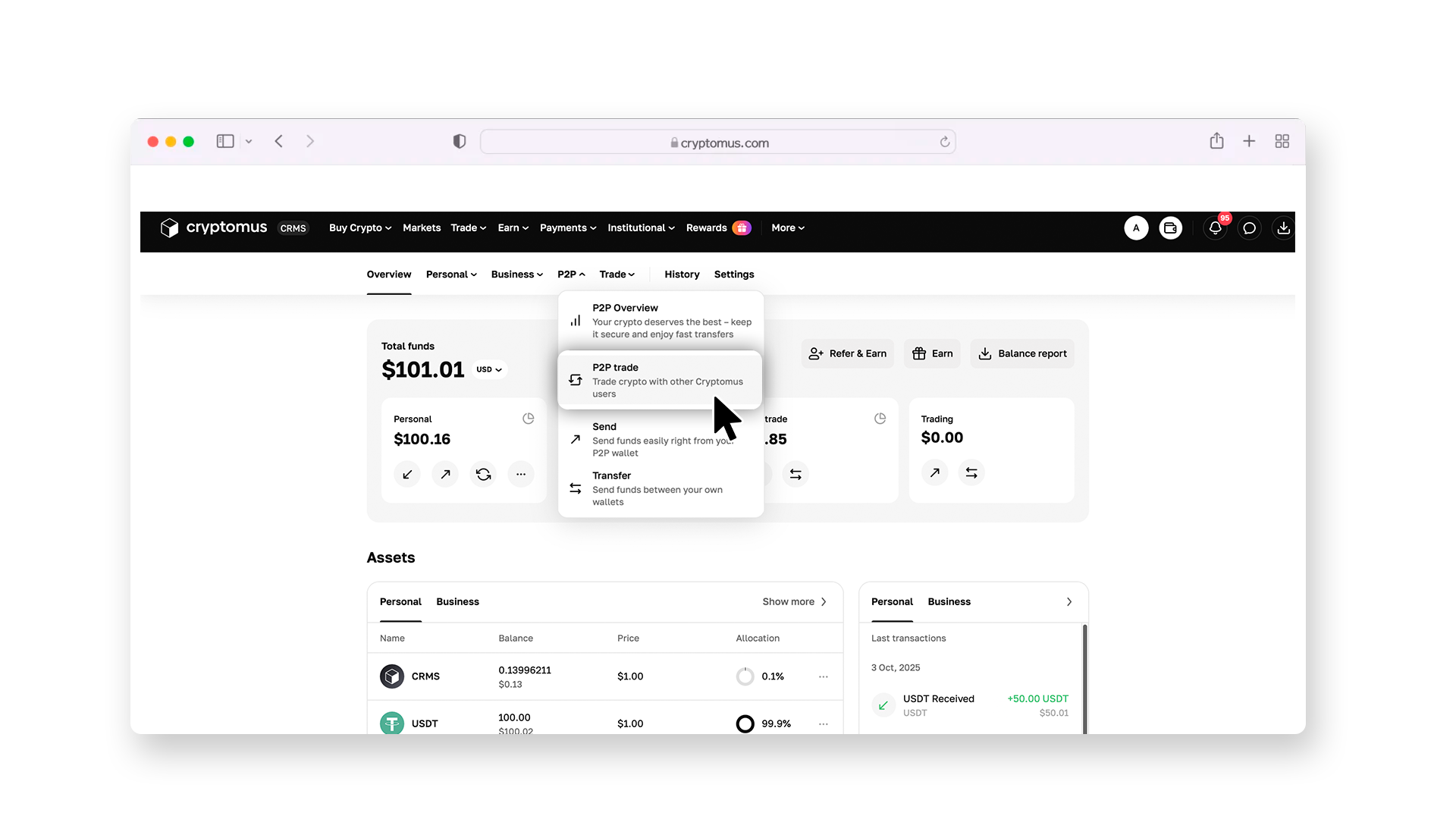
How to Transfer Money to Thailand and Vice Versa?
Sending and receiving money to and from Thailand has become a regular part of life for many people — from expats supporting families abroad to travelers paying for services and businesses settling international transactions. With Thailand’s growing global connections, the need for fast and affordable transfers keeps increasing.
In this article, we’ll explore the main ways to transfer money to and from Thailand, explain how they work, and help you choose the most convenient and affordable option based on your needs.
Ways to Transfer Money
Whether you’re sending money to Thailand or transferring funds from Thailand abroad, you can choose from several reliable methods — each with its own pros, fees, and processing times. Here are the most common options.
1. Bank Transfers
Traditional bank transfers remain a popular and reliable choice for both individuals and businesses, offering security and global accessibility through the SWIFT network used by major Thai banks like Bangkok Bank, Kasikornbank, and Siam Commercial Bank. However, this method often involves higher fees and longer processing times, making it less convenient for urgent or smaller transfers.
2. Online Money Transfer Services
Online platforms make it easy to send money abroad without visiting a bank. Services like Wise, Remitly, or Western Union allow you to transfer funds using a card or bank account, often with lower fees and faster delivery than traditional methods. Most transfers arrive within minutes or hours, and recipients in Thailand can receive the money directly to their bank account or in cash at partner locations.
3. E-Wallets and Payment Apps
Digital wallets such as PayPal, Revolut, or regional apps like TrueMoney Wallet and Line Pay offer a convenient way to send and receive money online. They’re especially useful for everyday transactions, online shopping, or smaller international transfers. However, users should keep in mind that currency conversion fees and transfer limits may apply, depending on the service and account type.
4. Cryptocurrency Transfers
More and more people use cryptocurrencies such as Bitcoin, USDT, or USDC to transfer money internationally. To make such transactions, both the sender and the recipient need a crypto wallet, which stores digital assets and allows transfers directly on the blockchain — a decentralized network that ensures speed, transparency, and security.
Transfers usually take only a few seconds or minutes and cost much less than traditional banking options. Once received, funds can be converted into Thai baht (THB) through a P2P platform or crypto exchange. If both parties use the same platform, the transfer is often instant and fee-free, making it one of the most efficient ways to move money across borders.
Comparison of Transfer Methods
Each method of sending money to or from Thailand has its own strengths, but they differ in speed, cost, and convenience. The table below summarizes the main options.
| Transfer Method | Speed | Average Fees | Ease of Use | Notes | |
|---|---|---|---|---|---|
| Bank Transfers | Speed2–5 business days | Average Fees1–3% + fixed fee | Ease of UseModerate | NotesSecure and reliable, but slower and more expensive for small amounts | |
| Online Money Transfer Services | SpeedFrom a few minutes to 1 day | Average Fees0.5–2% | Ease of UseHigh | NotesFast and affordable; ideal for most personal and business transfers | |
| E-Wallets and Payment Apps | SpeedInstant to several hours | Average Fees1–4% | Ease of UseHigh | NotesConvenient for everyday use, though limited for large international transactions | |
| Cryptocurrency Transfers | SpeedA few seconds to several minutes | Average Fees<1% (depends on network load) | Ease of UseModerate | NotesVery fast and low-cost; requires a crypto wallet and basic understanding of blockchain |
So, let’s take a closer look at how each method works in practice — and how to choose the best one for your specific needs when sending money to or from Thailand.

How to Transfer Money with PayPal?
PayPal offers a simple and secure way to send money using only an email address. The service links directly to your card or Thai bank account and automatically converts currencies during the transaction.
Here’s how to make a transfer:
-
Sign in to your PayPal account or create one if you don’t have it yet.
-
Select “Send Money” and enter the recipient’s email address.
-
Enter the amount and choose the desired currency (for example, THB or USD).
-
Review the fees and exchange rate shown before confirming the payment.
-
Confirm the transaction — the recipient will receive the funds in their PayPal account, which can then be withdrawn to a Thai bank account or used for online purchases.
How to Transfer Money with Remitly?
Remitly is designed for fast and secure international money transfers. In Thailand, it supports both direct deposits to local bank accounts and cash pickups through partner locations such as banks and money transfer agents.
Here’s how to send money with Remitly:
-
Sign up or log in to Remitly’s website or mobile app.
-
Select Thailand as the destination country and choose how the recipient will receive the funds — bank deposit or cash pickup.
-
Enter the recipient’s information, select your payment method (card or bank account), and confirm the transfer. Depending on the selected delivery speed, the transfer usually arrives within minutes or up to one business day.
How to Transfer Money with Wise?
Wise is one of the most popular services for sending money to and from Thailand. It offers transparent fees and uses the real mid-market exchange rate, so you know exactly how much the recipient will get.
Here’s how to make a transfer:
-
Sign up or log in to your Wise account (web or app).
-
Choose the amount and select the currencies — for example, from USD to THB.
-
Enter the recipient’s Thai bank details.
-
Review the exchange rate, fee, and estimated delivery time.
-
Confirm the transfer — most payments to Thailand arrive within a few minutes to several hours.
How to Transfer Money with Revolut?
Revolut allows users to send and receive money internationally and instantly, often with no hidden conversion fees. It’s especially convenient for travelers, expats, and freelancers living or working in Thailand.
Here’s how to send money:
-
Open the Revolut app and go to the Transfers section.
-
Add a recipient using their phone number, Revolut username, or bank details.
-
Enter the amount and currency, then check the displayed exchange rate.
-
Confirm the transfer — if both parties use Revolut, the money is delivered instantly and free of charge.
-
Recipients without a Revolut account can receive funds in their Thai bank account via a standard transfer.
How to Transfer Money with TrueMoney?
TrueMoney Wallet is one of Thailand’s most widely used e-wallets, ideal for local payments and small international transfers. It supports cash-in, cash-out, bill payments, and cross-border remittances to selected countries in Southeast Asia.
Here’s how to transfer money:
-
Download the TrueMoney Wallet app and complete the verification process.
-
Choose “Transfer” from the main menu and select either a mobile number or a linked account as the recipient.
-
Enter the amount and confirm the transaction.
-
The recipient receives funds instantly in their TrueMoney Wallet and can use them for payments or withdrawals at partner outlets across Thailand.
Best Way to Transfer Money from Thailand
Cryptocurrency is increasingly considered one of the most practical and cost-efficient ways to send money from Thailand abroad. Transactions take place directly on the blockchain, eliminating intermediaries and significantly reducing both transfer time and fees. Funds can arrive within seconds, and users avoid the currency restrictions and high service charges often applied by banks.
To make a crypto transfer, you’ll need a crypto wallet and a platform where you can buy, sell, and exchange digital assets before sending or withdrawing them. One of the most convenient methods is peer-to-peer (P2P) trading, which allows users to exchange cryptocurrency directly with each other. Each transaction is secured by an escrow system, which safely holds the seller’s crypto until the buyer’s payment is confirmed.
Most P2P platforms in Thailand support payments through major local banks such as Bangkok Bank, Kasikornbank (KBank), Siam Commercial Bank (SCB), and Krungthai Bank (KTB), as well as popular e-wallets like TrueMoney Wallet and Line Pay. This makes it easy to use crypto for everyday transactions or international remittances.
For example, Cryptomus P2P offers over 560 payment methods, covering all major Thai options, and fees of only 0.1%. The platform supports instant transfers, multi-currency trading, and automatic escrow protection, making it one of the most flexible and secure tools for sending money from Thailand to anywhere in the world.
Step-by-Step Guide on How to Buy Cryptocurrency via P2P Exchange
Buying cryptocurrency through a P2P exchange is simple and takes only a few minutes. The process below shows how it works using Cryptomus P2P.
Step 1. Sign up for a Cryptomus account to get your personal cryptocurrency wallet. Don’t forget to protect your wallet by enabling 2FA and setting a PIN.

Step 2. Before buying crypto, complete the KYC verification process. Go to your account settings and activate 2FA (Two-Factor Authentication) as an additional layer of protection.



Then scroll to the right, and open the section labeled “KYC personal wallet”. Follow the on-screen instructions to upload your identification documents and wait for verification approval. Once your KYC is verified, your wallet will be fully activated for P2P trading.

Step 3. Return to your dashboard and open the P2P section.

Select the tab “Buy” and choose the cryptocurrency you want to purchase — for example, USDT. Browse available offers from verified sellers. You can filter them by payment method (such as MoMo, or ZaloPay) and pick the one with the best rate and limit.

Step 4. Enter the amount you want to buy and click “Buy USDT”.

In the chat, ask the seller for any payment details you need, then send the payment according to those details and click “Transferred, notify seller”. The seller’s crypto remains locked in escrow until the payment is confirmed, ensuring both parties’ security.

Step 5. Once the seller confirms receipt, the cryptocurrency will be released automatically to your Cryptomus wallet balance. You can then hold, withdraw, or convert it to another asset within the platform. That’s all!
How to Transfer Crypto to Another Person?
After that, you can send your crypto to another person. To do this, follow these steps:
-
Open the “Send” section in your wallet.
-
Enter the recipient’s wallet address.
-
Select the network that matches the recipient’s wallet.
-
Enter the amount you want to send.
-
Double-check all details and click “Send”.
The transfer will appear in the recipient’s wallet once confirmed on the blockchain — usually within a few seconds or minutes.
Cashing out is also possible through a P2P platform — here’s how to do it:
-
Go to the “Sell” section on a P2P platform.
-
Choose the coin and amount you want to sell.
-
Select your payment method (for example, a local bank).
-
Choose a buyer from the available offers — check their rate and limits.
-
Confirm the trade and wait for the buyer to send the payment. Once you receive the money, confirm it, and the crypto will be released to the buyer automatically.
Moving money to and from Thailand is now simpler than ever, thanks to a wide range of transfer options — from trusted banks and digital payment platforms to fast, low-cost crypto exchanges. Knowing how each method works will help you pick the most reliable and affordable way to send or receive funds internationally.
Have you ever transferred money to or from Thailand? Feel free to share your experience or ask questions in the comments — it might be helpful for others planning their next transfer.
Rate the article








comments
0
You must be logged in to post a comment